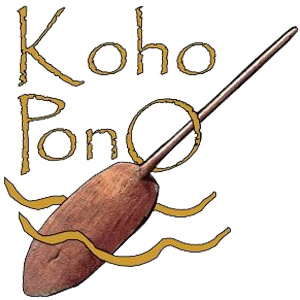This post explains some common contractual points for Artist-Author-Publisher (from out POV). If there is ever anything in a contract that you do not understand, ask a lawyer who specializes in that particular industry. Do not ever sign something because someone tells you that a contract is “a boilerplate” that it’s normal, everyone signs it, etc.
On the other hand, be very aware of how much are you willing to give up? Are any there any points in dispute that are deal-breakers for you? Know your bottom-line. You do not want to lose a deal or a great illustrator because you got subborn about something that is tangental to your main goals. Realistic expectations will help you continue to create win-win situations for everyone.
Here are some basic contractual points to consider.
Information about the Project
Who is involved: Who is the Buyer (Author and/or Publisher) and who is the Artist? What is the name of the project? What is the name of the Manuscript (working title)?
Include a brief description of the illustration project such as: how many total illustrations, approximant sizes and shapes (square, rectangle, etc.), and intended usage (cover, full-page, two-page, etc.).
Information about Milestones and/or Deliveries
What is the final completion date and on what is that date based? This lays out the risks.
Should the work be delivered in stages or all at once? Will there be feedback and/or adjustments/ revisions/ corrections?
Who owns the original work? If the artist retains ownership, then how long can the buyer keep the art before it must be returned?
Information about Payment
How will the artist be paid (money, barter, credit, free copies, royalties, etc.)? How will the payments be split up (% up front, % upon completion, etc.)? Will the artist be reimbursed for supplies?
What are the royalties based upon?
Information about Rights
Who owns the rights? What rights can be transferred? Give illustrative examples. This is important.
Remember about electronic rights, other editions, other languages, derivative works, and merchandising. Also remember about public displays and performance rights, internet references, and marketing/promotion.
Are the rights exclusive or non-exclusive? What happens if the project is discontinued? Is there a kill fee? To whom do the rights revert?
Information about Releases
Are there any? Why and what? Who indemnifies whom?
Anyone out there with other ideas? Let me know what you think. Comments are welcome.

